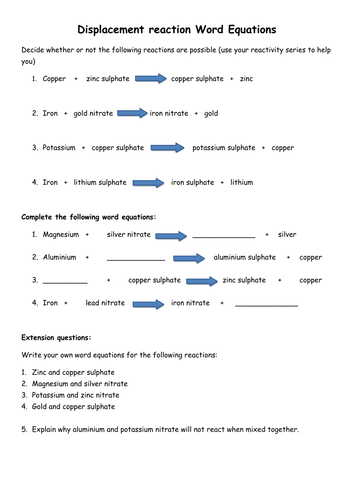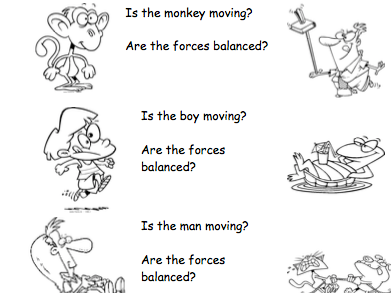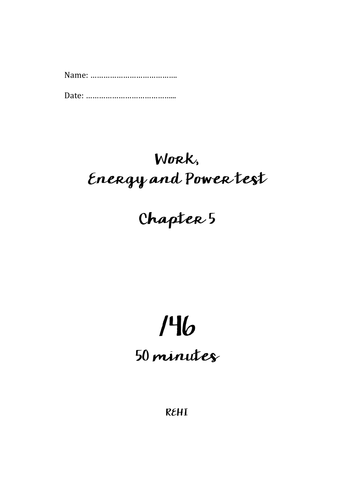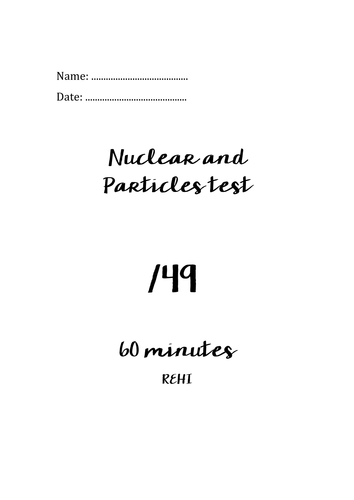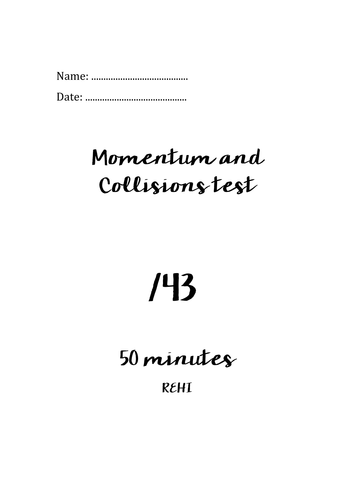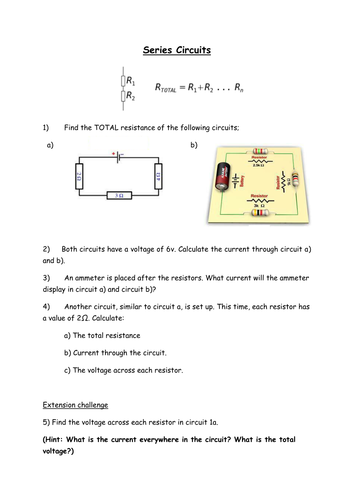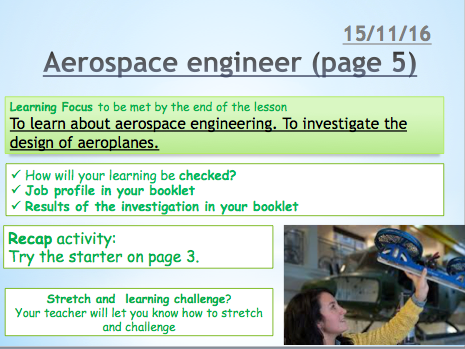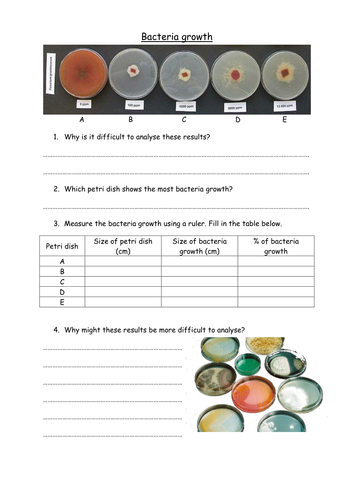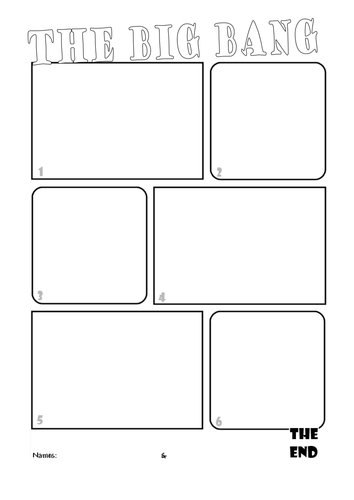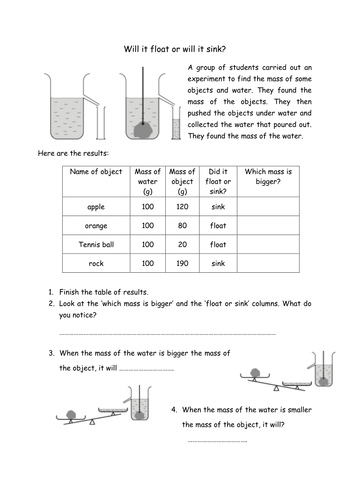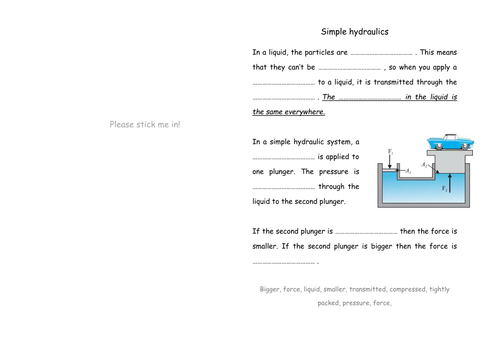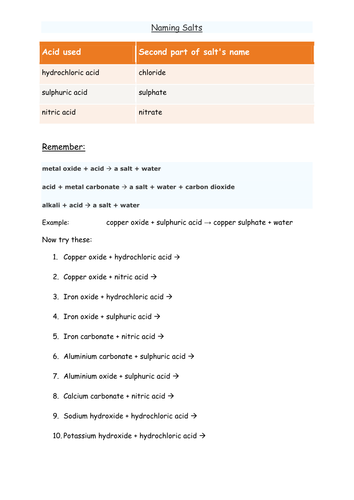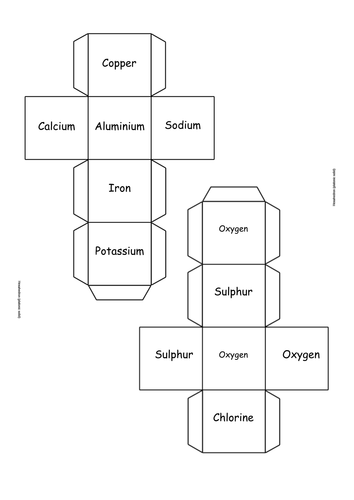
87Uploads
60k+Views
11k+Downloads
All resources

Displacement reactions word equations
A worksheet to help students practise displacement reactions.
They can decide whether a reaction will take place using the reactivity series, practise writing out displacement reactions, and finally explain why a reaction won't take place.

Binding energy per nucleon graph task
Students calculate the binding energy per nucleon, then plot this on a graph to give them a binding energy per nucleon vs nucleon number graph.
This activity allows students to practice using the binding energy conversion between 1u and MeV, or E=mc^2. It also allows them to find the shape of the graph themselves.
It comes with an answer sheet.

Balancing forces
A couple of worksheets on balancing forces.
students label on the forces, and their names. They decide whether the forces are balanced, and if the object is accelerating.

Radioactivity word loop game questions
Give each student a card. Each card has an answer at a the top, and a question at the bottom. One student reads out their question, and whoever has the answer reads out the answer and the next question. Keep going until you get back to the first student.
This is a great plenary, or starter for the next lesson.
Alternatively, Give the whole pack to one student, and see if they can match them all up to make a big circle.
This one is for the GCSE Physics radioactivity topic.
Bundle

SHM Simple Harmonic Motion Resources
A few resources for the Simple Harmonic Motion topic in A level Physics.
There is a differentiated worksheet on resonance and damping, including questions across the topic aimed at E-A* students.
There is a pendulum-bob template for definitions.
There is also a 60 minute test on the Simple Harmonic Motion topic, made up of past paper questions from OCR, with a mark scheme.
Enjoy!
Bundle

OCR KS5 A level Physics test bundle
Four 60 minute tests for KS5 Physics made up on OCR past paper questions.
These are on Momentum and collisions, Nuclear and Particle Physics, Simple Harmonic motion and Work, Energy and Power.

Work, Energy and Power test, OCR KS5 A level Physics
This is a 60 minute assessment made up of past paper questions from the OCR Physics A - H158, H558 course.

Simple Harmonic Motion test OCR A level Physics KS5
This is a 60 minute assessment made up of past paper questions from the OCR Physics A - H158, H558 course.
A level Physics topic questions.

Nuclear and Particle Physics test OCR KS5 A level
This is a 60 minute assessment made up of past paper questions from the OCR Physics A - H158, H558 course.

Momentum and collisions OCR KS5 A level Physics
This is a 60 minute assessment made up of past paper questions from the OCR Physics A - H158, H558 course.
A level Physics topic Momentum and collisions.

Resistors in series
A worksheet to develop students knowledge of resistance in series. Includes equation at the top, and questions which get progressively more difficult.

Practical Science Careers project
A series of 8 practical activities, put into the context of careers in Science. This is aimed at KS3 students, introducing some practical skills.
Aims of the project: To learn about some careers in Science, and to try some out. To develop investigation skills as required in the KS4 core practical’s included at GCSE.
Students get to experience being an Aerospace engineer by designing and testing paper planes, a Biochemist by testing urine samples, a Biomedical scientist by testing different anti bacterial soaps, a Chemical engineer by investigating recipes for bouncy balls, a Civil engineer by designing and testing bridges, a Forensic scientist by taking and analysing finger prints, a Mechanical engineer by making cotton reel motors, and a Pyrotechnic technician, by testing firework colours and making sparklers.
Each includes a job profile page to be filled out using the national careers service website to provide context for the lesson.
Also included is a handy technician guide.
This is designed to be handed out as a student booklet, with each career taking around 2 single hour lessons to complete, aimed at KS3 students. Students develop their investigation skills, as well as learning about some different careers in Science.

Bacteria growth worksheet
Students interpret some petri dish bacteria growth results. Gets students to think about why these are difficult to interpret and what we can learn from this kind of experiment.

Big Bang comic strip
Students order some statements describing the Big Bang Theory, then draw pictures to turn it into a comic strip.

Floating or sinking, Archimedes' principle, density worksheet
A differentiated worksheet on why objects float or sink. The worksheet gets progressively harder, helping students to understand floating and sinking, and finally introducing the idea of calculating density.
Works for KS3, or as a reminder for KS4

Brain structure using an fMRI
Students read ‘medical notes’ on a patient after having an MRI scan, and use it to identify the parts of the brain.
This is to help students understand how MRIs are used to study the brain.

Forces true or false
A quick starter worksheet on Forces, aimed at getting students to think about forces and motion.
Could be used as a starter for the topic, or as a recap at the end.

Hydraulics and pressure in fluids
A differentiated worksheet, designed to help students to understand pressure in fluids and how simple hydraulic systems work.
Starts with a gap fill, ends with pressure calculations.

Naming salts worksheet
A differentiated worksheet to help students understand how salts are named, and practise writing word and symbol equations for reactions between:
metal oxides and acids,
alkalis and acids,
and metal carbonates and acids.

Simple chemical reaction word equations dice
Students make 2 dice, one with names of metals, one with 'oxygen', 'sulphur' and 'chlorine'. They roll the dice, and write out the word equations.
Nice introduction to word equations for KS3.

